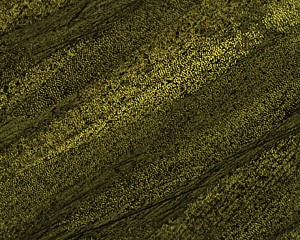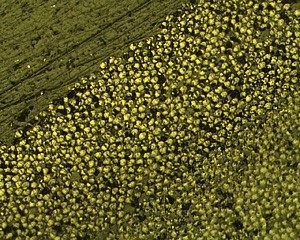Company
Extec Corp. is a leading manufacturer of materials preparation supplies and equipment. We strive to be the premier choice to laboratories worldwide for accurate materials preparation.Utilizing the most advanced and thoroughly tested materials, Extec prides itself on offering the professional technician high quality, affordable, supplies and equipment needed for consistent, reliable precision testing.
To learn more about Extec, please visit www.extec.com.



